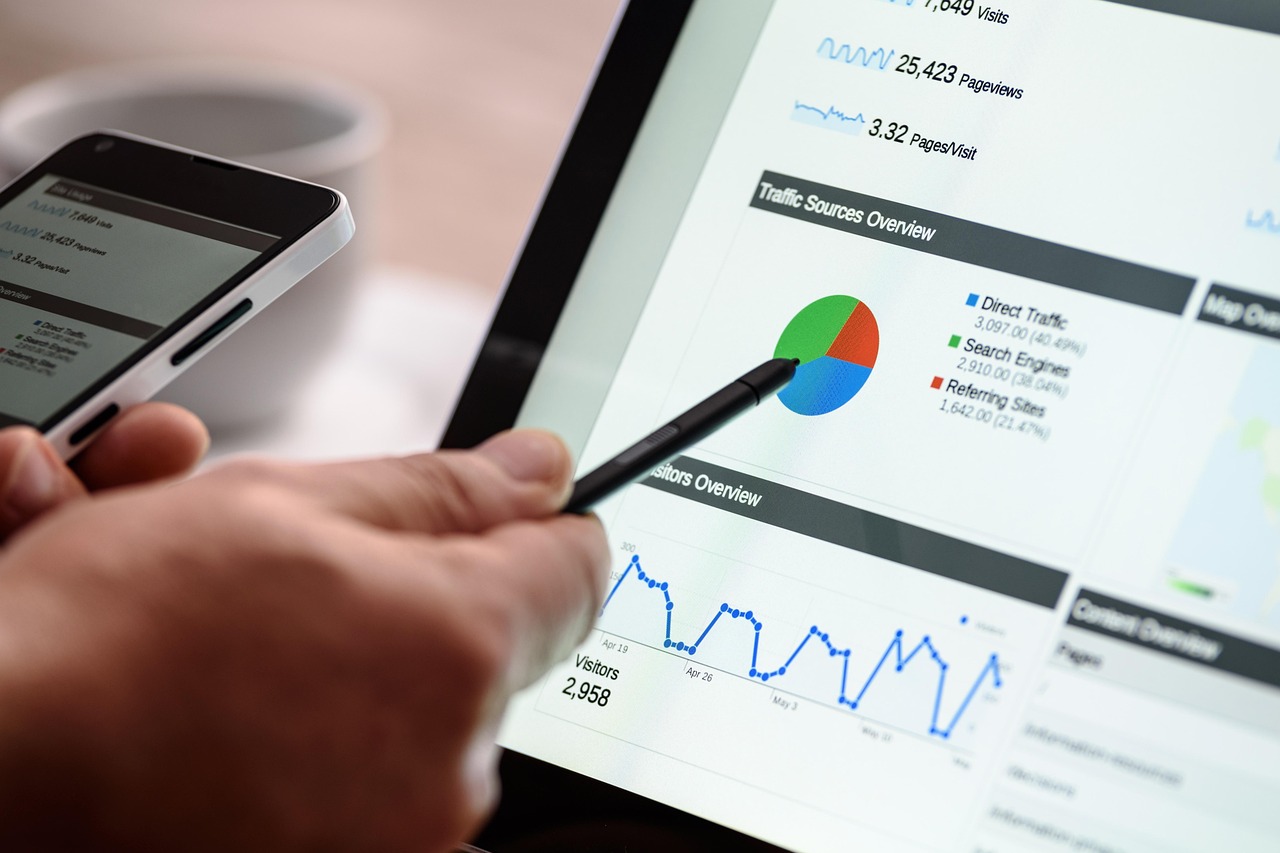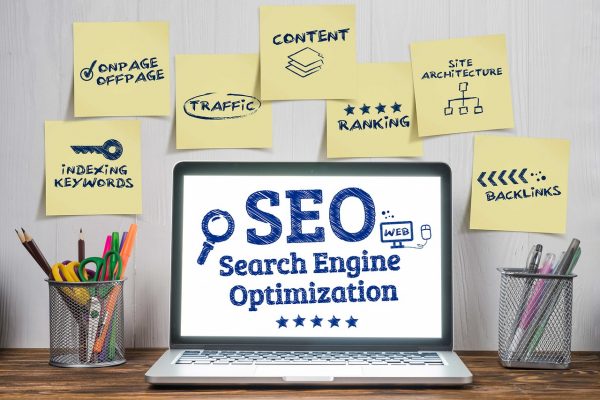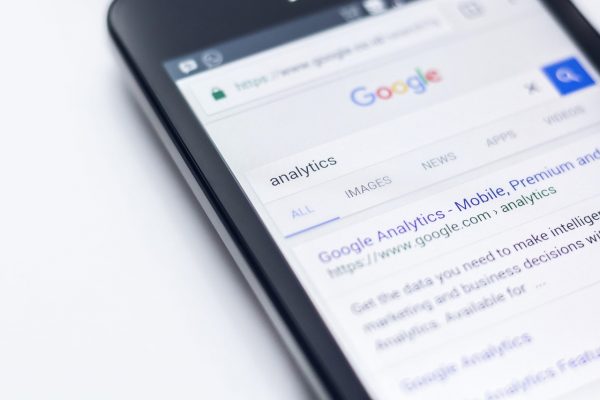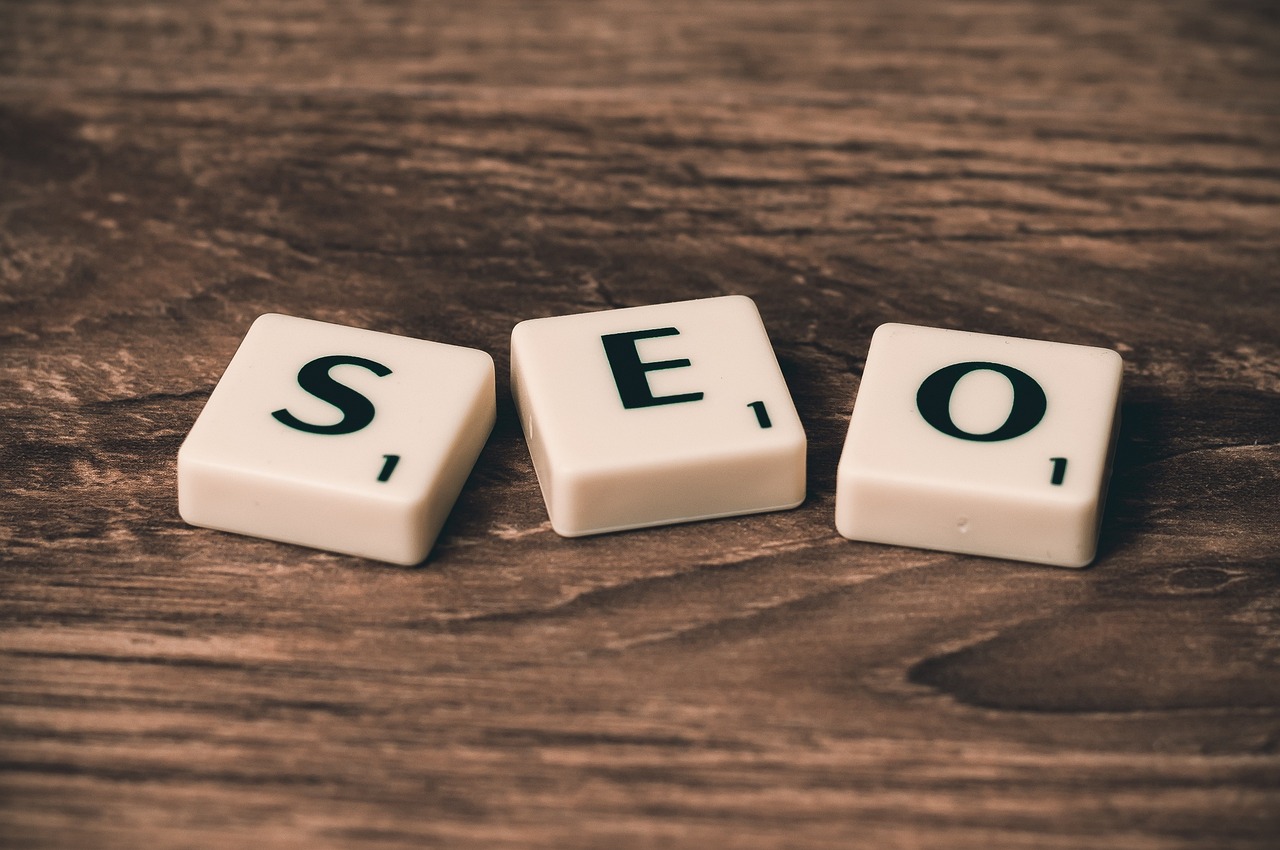

How to Structure a High-Converting PMAX Campaign for Google Ads
How to Structure a High-Converting PMAX Campaign for Google Ads
Designing a Performance Max (PMAX) campaign that truly delivers isn’t just about trusting Google’s automation. It’s about building a rock-solid foundation and applying a careful blend of creative insight, data-driven discipline, and strategic targeting. Does your PMAX campaign have what it takes to outperform the competition? Let’s dive into the proven steps that separate successful advertisers from those who struggle to see results.
Step 1: Lay the Groundwork with Smart Campaign Structure
Every great PMAX campaign starts with a well-considered structure. Instead of shoehorning all products or services into one campaign, segment based on your core business goals. For example, split campaigns by product categories, price points, or audience intent. The most effective PMAX setups often mirror your funnel stages. Think New Customer Acquisition separate from Returning Customer/Retention, with budget allocations to match the expected return.
A key insight from leading accounts: keep asset groups tightly themed. Each campaign can host up to 100 asset groups, but quality always trumps quantity. Organize asset groups according to consistent creative themes, major product lines, or customer profiles. This isn’t about filling empty space; it’s about signaling to Google’s AI how to match your assets to different conversion-ready audiences.
Step 2: Elevate Asset Groups with Exceptional Creatives
Asset groups are essentially “mini-campaigns”. A collection of creative assets and audience signals bundled for maximum impact. The strongest PMAX campaigns treat asset groups as a sandbox for creative experimentation.
Use a mixture of custom video, high-quality images, and tailored headlines/descriptions. Video is a top performer here: even a simple branding video shot on your phone can outperform static images if it tells a compelling story. Test value-driven offers, highlight social proof, and adapt your creative for every stage of the funnel.
PMAX’s automation thrives on strong creative variety. Upload at least 5 high-impact images, a demo or explainer video, and a range of headline/call-to-action options. Rich assets give Google’s machine learning more to work with. And better chances to match the right customer with the perfect message.
Step 3: Master Audience Signals for Precision Targeting
You control the inputs; Google’s engine handles the rest. Audience signals are where you inform the algorithm about who your best prospects are. But only if you use them skillfully. Start with your own customer lists, recent converters, and visitors who engaged with your site. Layer in Google’s in-market and affinity segments, but keep them relevant and focused.
Here’s a tip from seasoned pros: build distinct asset groups around major audience signals. For example, dedicate one asset group to high-value email subscribers and another to cart abandoners. This structure helps Google prioritize your best segments while preventing budget cannibalization by low-quality traffic.
And don’t forget “custom segments.” You can handcraft these based on people’s search behavior or websites they visit. Giving you a finer level of automation control. The more specific your audience signals, the faster your campaign will ramp up, and the better your automation will perform once it’s learned what works.
Step 4: Feed Optimization & Conversion Tracking Essentials
PMAX thrives on clean, detailed product feeds. Especially for ecommerce businesses. Keep your feed updated with accurate pricing, stock status, and rich descriptions. Add as many product attributes as possible: brand, category, sale price, product type, and custom labels. Well-labeled data helps Google surface your listings to the right buyers, at the right moments.
Conversion tracking must be bulletproof. Use enhanced conversions or offline tracking for longer lead cycles. Double-check that you’re recording every meaningful customer action, not just “add to cart.” Filtering out test leads or spam will protect your data quality, which in turn gives Google’s AI the best chance to optimize for real profit. Not vanity metrics.
Some advertisers miss a crucial step: value-based bidding. Feed your campaign with accurate value for each conversion type (purchase, sign-up, phone lead). This tells Google’s machine learning to hunt not just for quantity, but for quality that truly moves your business forward.
Step 5: Avoid the Common Pitfalls That Drain Performance
Why do some PMAX campaigns stall or underdeliver? A few repeating errors tend to sabotage results:
- Rushing setup or skipping key steps, such as uploading enough creative assets and failing to segment asset groups intelligently.
- Neglecting to use detailed, relevant audience signals. Leaving Google to guess about your ideal customer.
- Overlooking feed hygiene; small errors or vague product types can lead to wasted spend and irrelevant clicks.
- Incomplete or inaccurate conversion tracking, which clouds campaign optimization and may cause the AI to focus on the wrong objectives.
- Relying exclusively on machine learning and failing to regularly review reports, test new creative angles, or refine audience targets.
Seasoned advertisers know the importance of patience during the learning phase, but they also stay alert for budget leaks, redundant segments, or creative fatigue. A winning approach blends automation with regular manual input: monitor, adjust, and keep challenging both Google’s AI and your creative instincts.
Maximizing ROI: Ongoing Optimization & Critical Thinking
PMAX is never “set and forget.” High converters are always searching for small tweaks that unlock the next level of performance. Regularly review asset group reports. Google gives you insight into what creative, copy, and assets are actually generating conversions. Replace underperforming assets and refresh creative every few weeks to prevent ad fatigue.
Test new audience signals, create single-product asset groups for bestsellers, and watch for shifts in conversion value. As your data grows, so does the algorithm’s appetite for precision. Ask yourself: is every element still aligned with my business goals? If not, it’s time to refine.
With this approach, you’ll be well positioned to build a PMAX campaign that not only meets performance benchmarks but pushes way beyond them.
Frequently Asked Questions
What’s the advantage of using multiple asset groups in a PMAX campaign?
Building several asset groups allows you to target different customer segments with tailored creatives and offers. Each group can speak directly to a unique audience profile, which increases relevance and lifts conversion rates compared to a generic one-size-fits-all approach.
How often should I update creative assets in PMAX campaigns?
Refreshing your assets every few weeks prevents creative fatigue. A decline in performance that happens when users see the same visuals too often. Regular updates keep ads engaging and help Google’s AI continue to optimize effectively.
What kinds of audience signals work best in Performance Max?
Start with your own first-party data. Site visitors, purchasers, newsletter subscribers. Combine these with custom segments based on in-market interests or search behavior for the best results. The more accurate your signals, the faster your campaign can zero in on high-converting prospects.
Why does accurate conversion tracking matter so much for PMAX?
Precise tracking feeds Google’s automation with real feedback about what success looks like for your business. When the system receives clean signals, it optimizes ad delivery to drive more valuable actions, helping you get a better return on investment.
What’s the most common reason PMAX campaigns fail to deliver?
Most performance issues come from incomplete setup. Lack of audience signals, poor creative variety, inaccurate tracking, or messy product feeds. Reviewing the basics and following a structured approach gives your campaign the best chance to thrive.
Time to Launch Your Best PMAX Campaign Yet
A high-converting PMAX campaign isn’t the result of luck or blind trust in automation. It’s built on clear structure, strong creative assets, strategic audience signals, and data-driven optimization. When these foundations are solid, Google’s AI can finally work for your business. Driving more conversions, higher-value customers, and a campaign that outpaces your competitors.
Ready to unlock your campaign’s true potential? Start implementing these PMAX strategies today and watch your results accelerate. Keep testing, keep optimizing, and don’t settle for average. Your next conversion breakthrough might be just one asset group away.







